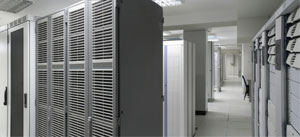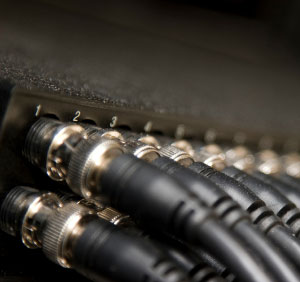Essential Shielding Concepts and Design Strategies
Description
There is a common perception among engineers that electromagnetic shielding is a simple matter of enclosing everything in metal. In reality, the most effective shields are often nothing more than small well-placed plates made of materials appropriate for the application. This course presents the fundamental concepts necessary to develop effective shielding strategies for various applications.1 Students who successfully complete this course will be able to recognize situations where shielding would be beneficial, choose the correct shielding materials and design shields that are appropriate for the application.
Course Outline
- Overview of Electromagnetic Shielding
- Examples and Perceptions
- The Shielding Business
- The 4 Basic Types of Electromagnetic Shielding
- Skills Required to Design Effective Shields
- Electric Field Shielding
- Gauss' Law, Electric Field Behavior
- Electric Field Sources
- Design Strategies for Electric Field Shielding
- Materials for Electric Field Shielding
- Design Examples
- Low-Frequency Magnetic Field Shielding
- Ampere's Law, Magnetic Field Behavior
- Magnetic Field Sources
- Strategies for LF Magnetic Field Shielding
- Materials for LF Magnetic Field Shielding
- Design Examples
- High-Frequency (> kHz) Magnetic Field Shielding
- Faraday's Law, HF Magnetic Field Behavior
- HF Magnetic Field Sources
- Strategies for HF Magnetic Field Shielding
- Materials for HF Magnetic Field Shielding
- Design Examples
- SShielding to Reduce Electromagnetic Radiation
- Shielding Theory
- Unintentional Antennas
- Isolating Sources from Unintentional Antennas
- Design Examples
- Shielded Enclosures
- Gauss' Law and the Faraday Cage
- Wire Penetrations
- Apertures and Seams
- Enclosure Resonances
- Shielding Effectiveness (Enclosures)
- Shielding Effectiveness (Materials)
- Cable Shielding
- Basic Theory
- Transfer Impedance
- Cable Shield Materials
- Connectors
- Design Examples
- Summary
- Review of Essential Concepts
- Recent Advances
- Trends, Future Needs
Course Instructor
Schedule
To schedule an offering of this course in your city or at your company,
contact the Clemson Vehicular Electronics Laboratory at
CVEL-L@clemson.edu.
Questions concerning the course content can be addressed directly to the instructor listed above.
|




